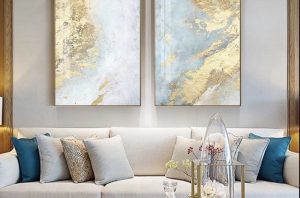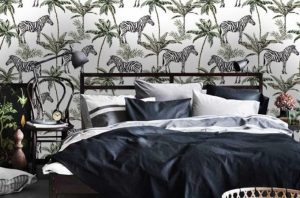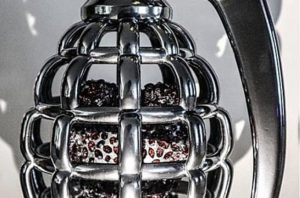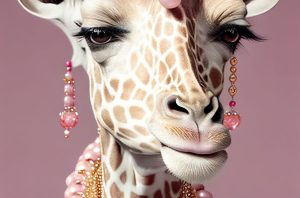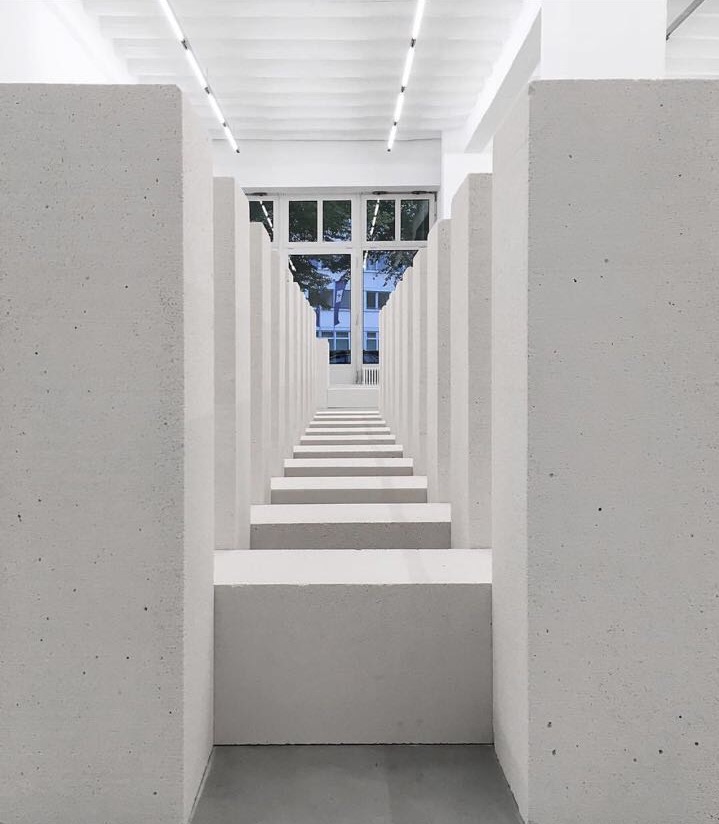
From alternative art spaces in Friedrichshain to underground bunkers in Mitte, Berlin boasts a thriving, dynamic art scene rivaled by few other cities in the world. Our handpicked selection of ten contemporary art galleries in Berlin showcases the best of what the city’s art world has to offer.
By Culture Trip
Discover the world of Slay Art here
Konrad Fischer Gallery

For nearly 30 years, Mr. Fischer's Dusseldorf gallery represented an impressive and remarkably stable roster of American and European artists, achieving an almost mythic reputation in the art world. An early and consistent supporter of Minimal, Post-Minimal and Conceptual art, Mr. Fischer saw his gallery as a way to combat the provincialism of the post war German Art scene. Location : KONRAD FISCHER GALERIE 40233 DÜSSELDORF Platanenstrasse 7 TEL +49(0)211-685908 FAX +49(0)211-689780 office@konradfischergalerie.de opening hours: TU, WE, TH, FR 11am to 6pm SA 11am to 2pm
CFA contemporary fine arts
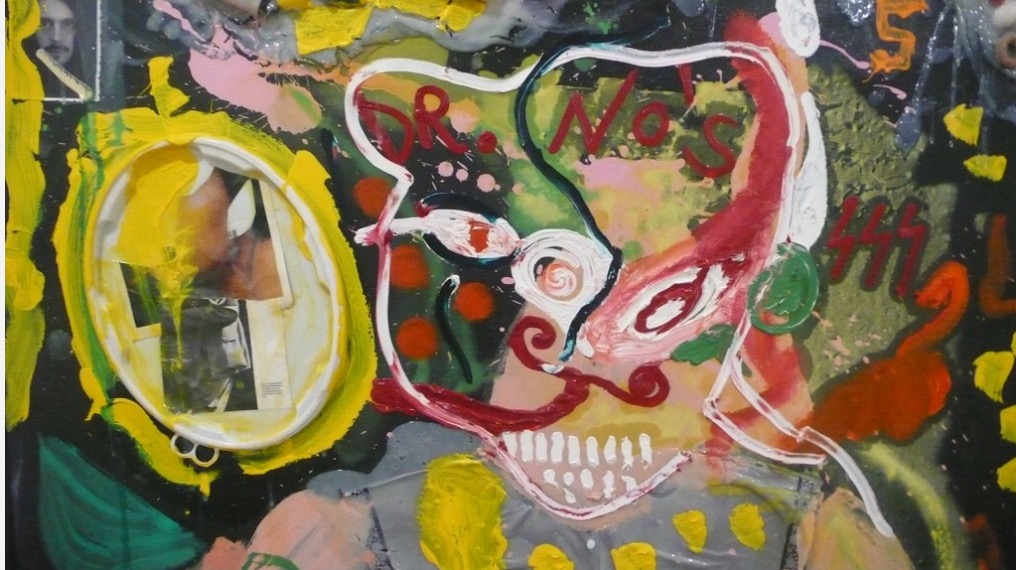
One of the best-known places for contemporary art in the German capital, the CFA is committed to showcasing cutting-edge art in a variety of media. Located in the heart of Berlin Mitte, it has been presenting visitors with an eclectic range of works from both German and international artists since 1996. From Berlin’s infamous Jonathan Meese to painter and sculptor Georg Baselitz, the CFA keeps a close watch on the art world by displaying thought-provoking, immersive works. Owners Nicole Hackert and Bruno Brunett have built up a reputation as trendsetters in the international art industry thanks to their early discoveries of rising stars, such as Daniel Richter and Peter Doig. CFA Contemporary Fine Arts, 10 Am Kupfergraben, Berlin, Germany, +49 30 288 787 0
Sammlung Boros Collection
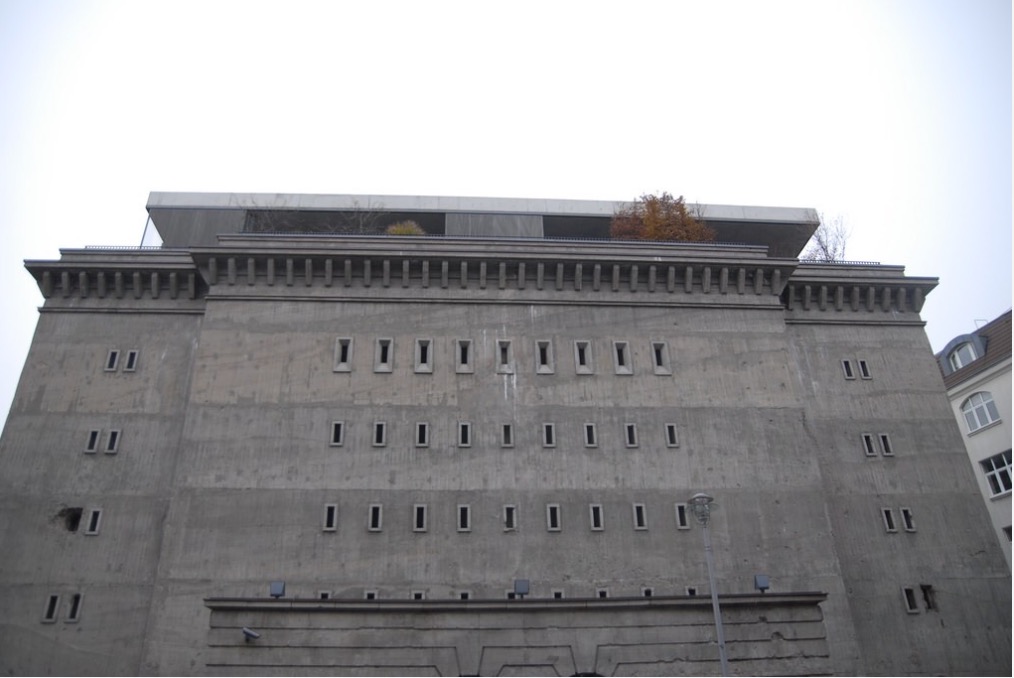
One of the most exclusive and thrilling art secrets in Berlin, the Sammlung Boros Collection, or Boros Bunker, is enveloped in an aura of mystery, history, and cutting-edge creativity. Built in 1942 as a bomb shelter, the space has subsequently been used as a prison, a banana storeroom, and as an S&M fetish club. This bunker eventually found its way into the hands of Christian Boros and his family, who transformed it into the luxurious art gallery it is now. Artists such as Olafur Eliasson, Wolfgang Tillmans, and Tracey Emin are some of the hundreds of international talents who have exhibited here. The atmosphere is kept special by yet another catch: visits are only possible on weekends, and by appointment. Sammlung Boros Collection, 20 Reinhardtstraße, Berlin, Germany, +49 30 2759 4065
Eigen + Art
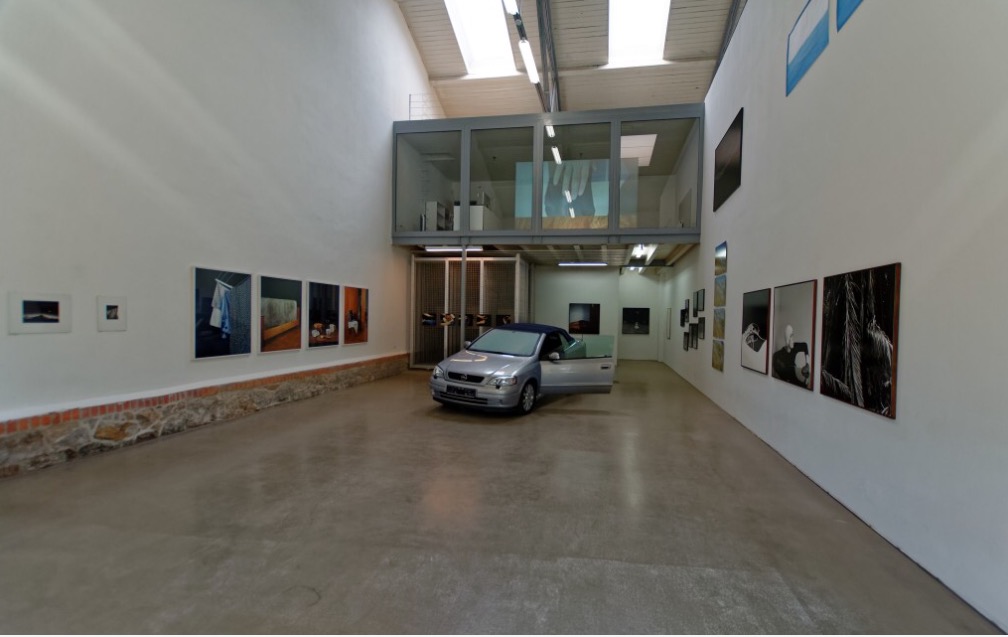
Gerd Harry Lybke is one of the most charismatic characters on Berlin’s post-reunification art scene. In the early 1990s, he was one of the founders of the so-called Leipzig School. Recognizing the value of exporting art at a time of unprecedented upheaval and change in the country, he made art stars out of Neo Rausch, Stella Hamberg, Uwe Kowski, and Matthias Wiescher. For a long time, Lybke hosted exhibitions in his own flat, showcasing promising and emerging talents in secret, as the East German authorities had banned many of his artists from displaying their work in public. In 1985, Lybke finally opened EIGEN + ART, a space which exhibits works by original, provocative artists working with various media. EIGEN + ART, 26 Auguststraße, Berlin, Germany, +49 30 280 6605
KW institute for contemporary art
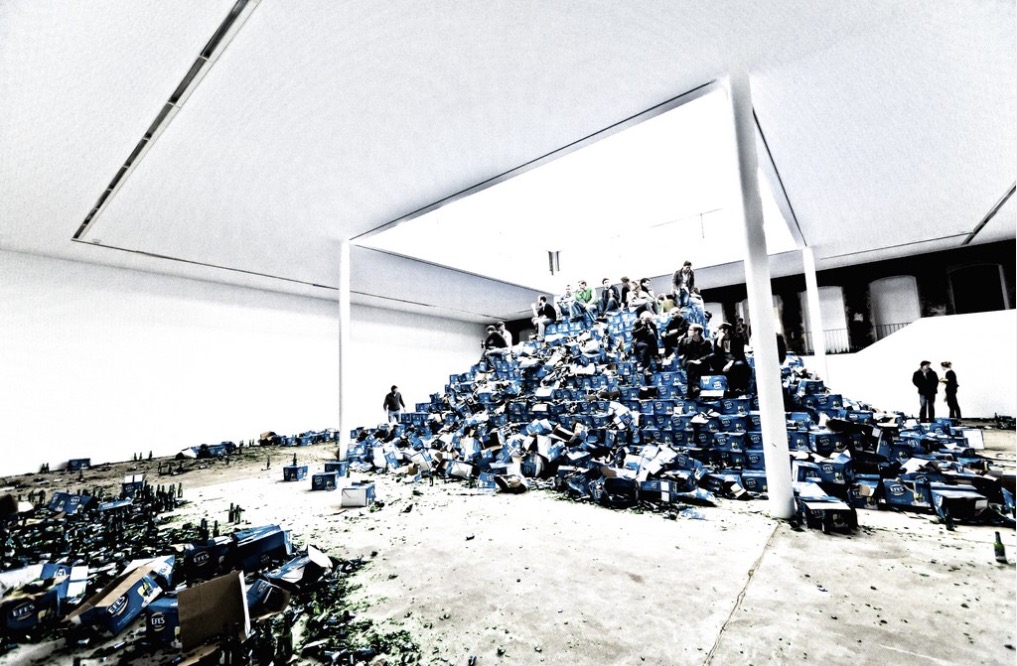
Cyprien Gaillard – The Recovery of Discovery, KW Institute for Contemporary Art | ©Victor Bergmann/Flickr An essential stop on a tour of Berlin’s contemporary art galleries, the KW Institute for Contemporary Art is located on the same street as EIGEN + ART. With four floors and a pretty courtyard, the KW combines a program of workshops, talks, and exhibitions with regular events, film screenings, and performances. Labeling itself as a collaborative creation space rather than a gallery, the KW presents shows that are dynamic and inspirational, and prepared by emerging and established artists working with diverse media. The Berlin Biennale, launched by KW in 1996, is now one of the most respected contemporary art exhibitions in Europe, adding another achievement to the gallery’s distinguished history. KW Institute for Contemporary Art, 69 Auguststraße, Berlin, Germany, +49 30 243 4590
Konig Galerie
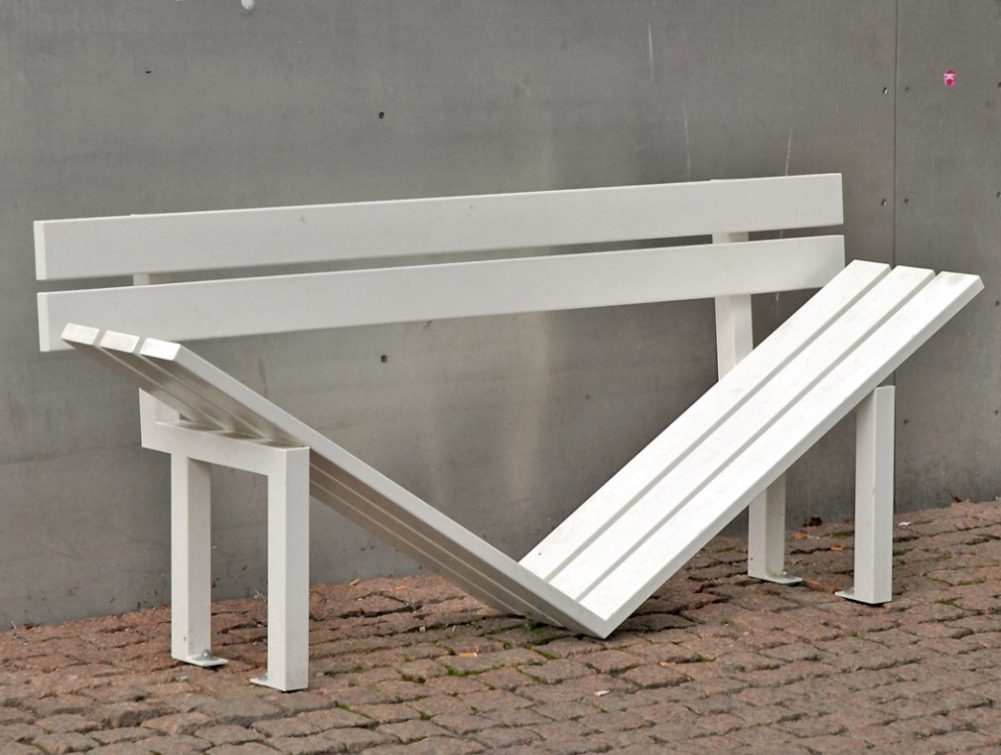
The multicultural district of Kreuzberg is one of the trendiest art spots in the city and is home to some of the most charismatic young gallery owners in town. Born into an influential family with a long history of activity in the art business, Johann König opened the König Galerie at the age of 21. Eleven years later, this Berlin gallery has developed into a space that provokes, questions and challenges. Talents like Danish installation artist Jeppe Hein and Paris-based Tatiana Trouvé have exhibited here. Past temporary exhibits have included Alicja Kwade’s swinging light bulb installation, titled ‘Nach Osten’ (2013), which illuminated the vast interior of the König’s location in St. Agnes Church. König Galerie, 118 Alexandrinenstraße, Berlin, Germany, +49 30 2610 3080
Carlier Gebauer
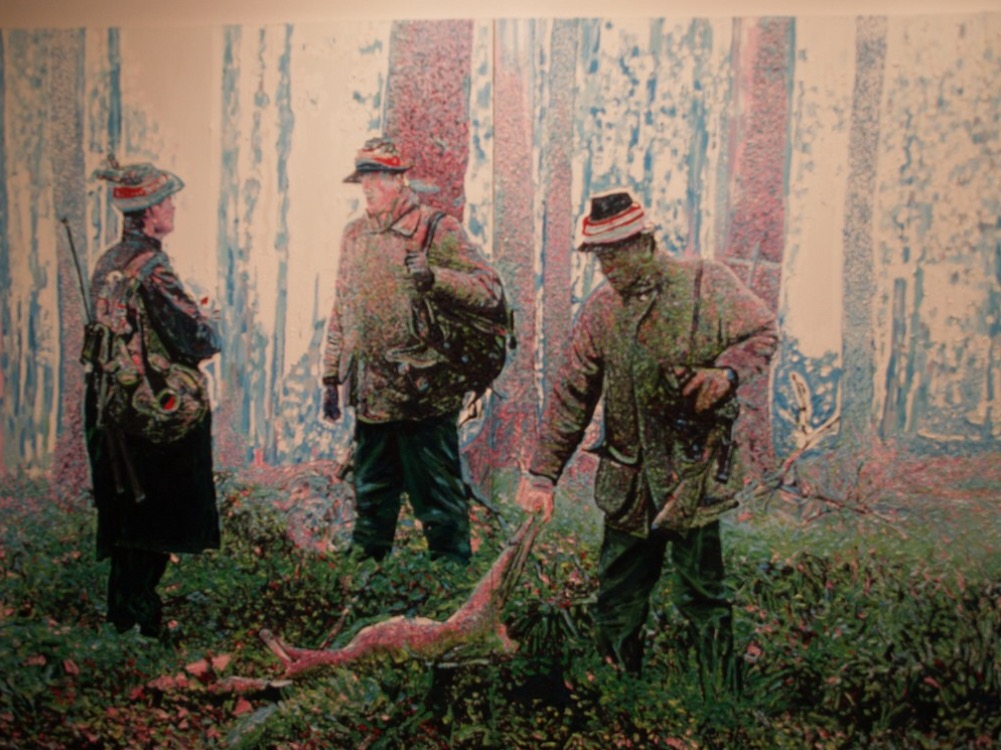
When it comes to independent art galleries, Carlier Gebauer stands above the rest thanks to its high-caliber exhibitions, which have been contributing to the enhancement of Berlin’s art scene since the 1990s. Located around the Kochstraße area in Berlin’s gallery district, set among Spanish grocery stores and Turkish textile shops, Carlier Gebauer reflects the ‘alternative’ feel of its trendy neighborhood. Exhibitions present emerging and established artists such as video artist Rosa Barba and installation artist Aernout Mik. A regular presence at the world’s most prestigious art fairs including Frieze and Art Basel, the gallery has earned a stellar reputation for showcasing cutting-edge work. Carlier Gebauer, 67 Markgrafenstraße, Berlin, Germany, +49 30 2400 8630
Max Hetzler
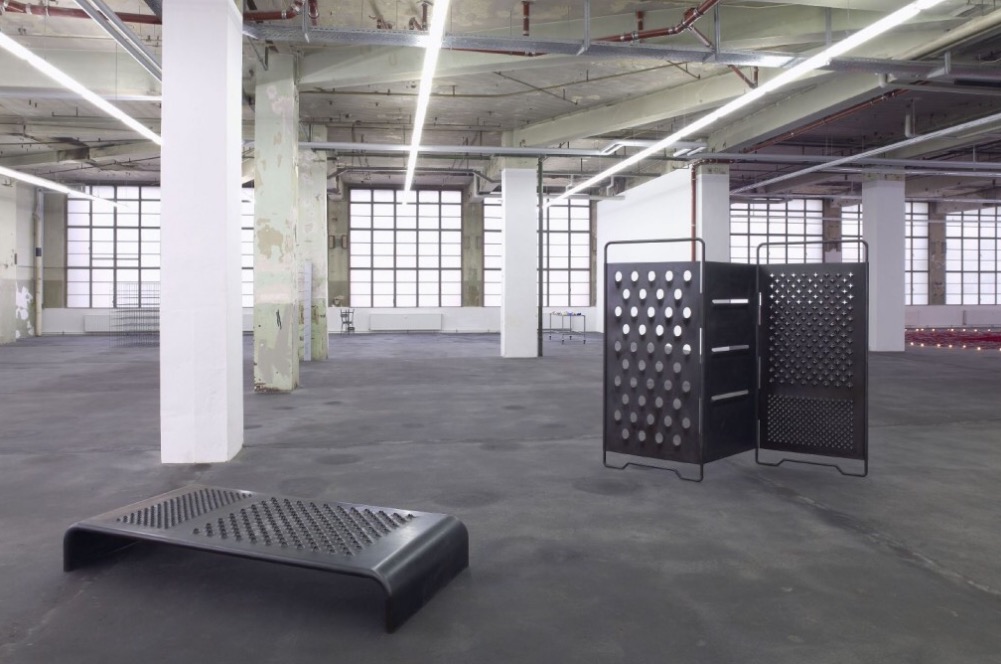
A big name on the German art scene, Max Hetzler moved from Cologne to Berlin at the beginning of the 1990s, when contemporary art was experiencing a boom. Back then, he displayed his art collection in the gallery complex at Zimmerstraße 90-91. His two gallery spaces now reside in the neighborhood of Charlottenburg, a leafy, elegant district in the western part of Berlin. Here, he presents large-format works and installations, and well-known artists such as Mona Hatoum, Jeff Koons, Beatriz Milhazes, and Christopher Wool exhibit their work alongside pieces by young, emerging artists. Max Hetzler, 45 Bleibtreustraße, Berlin, Germany, +49 30 346 497 850
Capitain Petzel
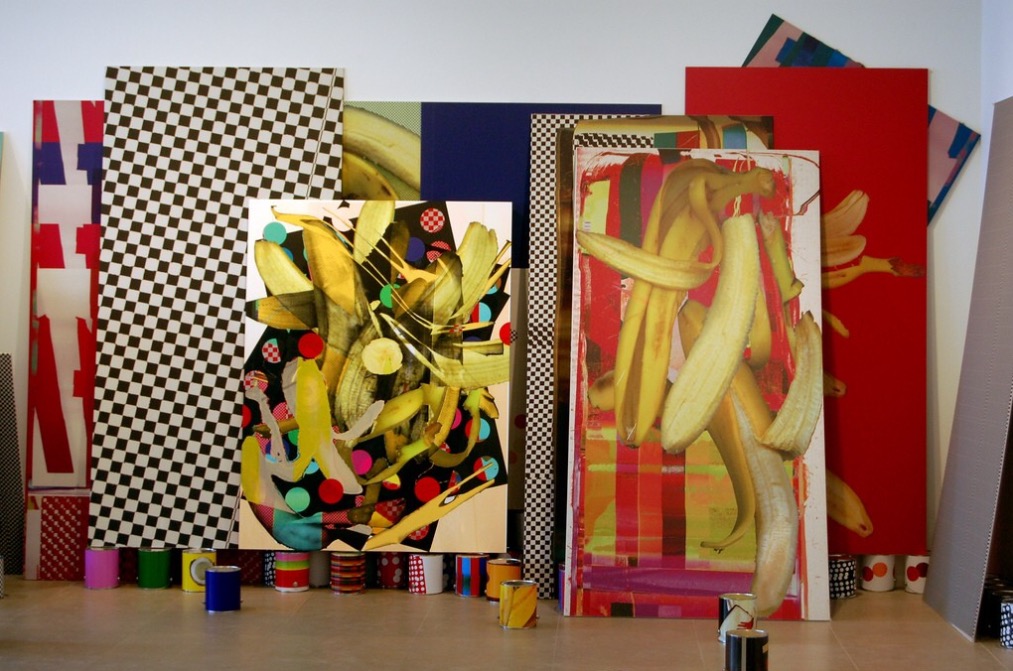
Housed in a dramatic Soviet-era Modernist block in former East Berlin, Capitain Petzel is now a jewel of contemporary art, restored in a bright and airy space sprawling three floors. It hosts all kinds of exhibitions and has become a pilgrimage site for both art collectors and architecture lovers. Born in 2008 as a collaborative project by two big players in the international art trade, Gisela Capitain from Cologne and New York-based German Friedrich Petzel, it exhibits an international range of contemporary artists including John Stezaker and Wade Guyton, as well as Martin Kippenberger and Sarah Morris. Capitain Petzel, 45 Karl-Marx-Allee, Berlin, Germany, +49 30 2408 8130
Auto center
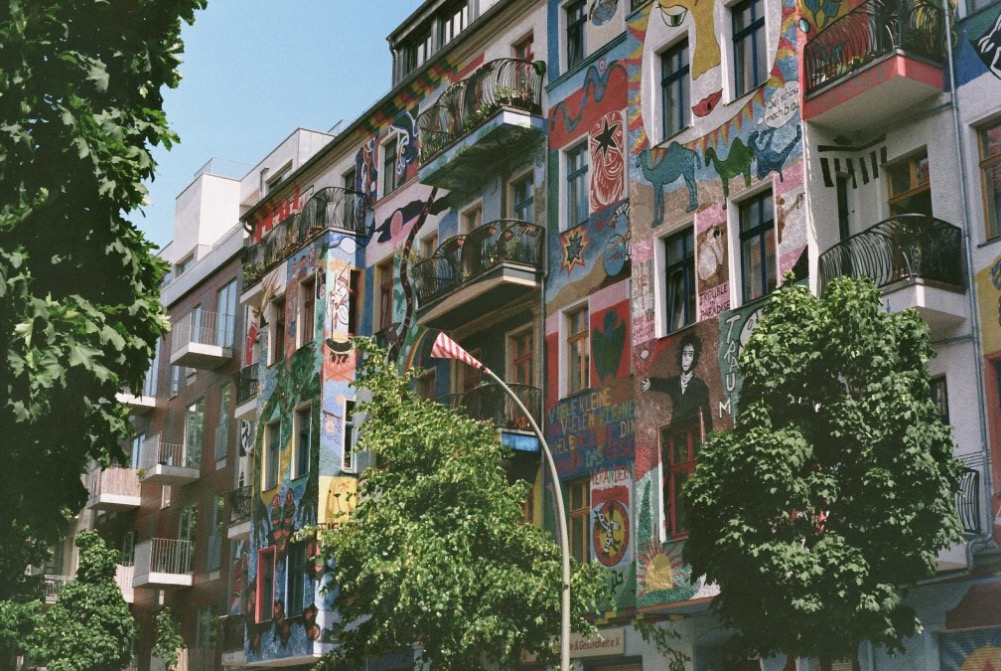
Founded in 2001 by artists Maik Schierloh and Joep van Liefland in an auto body shop, Autocenter is an independent exhibition space which soon became a household name on Berlin’s alternative underground art scene. Located in the hip district of Friedrichshain, it boasts 350 square meters of exhibition space, where international visual artists such as Victor Alimpiev, Patrick Alt, and Anette Babl display their work in an atmosphere of creative freedom. Set up as a non-profit space for art beyond the hierarchies of the art market, Autocenter is all about artistic experimentation in the fields of two- and three-dimensional art, beyond the confines of curatorial concern and convention. Autocenter, 56 Leipzigerstraße, Berlin, Germany
Soy Capitan
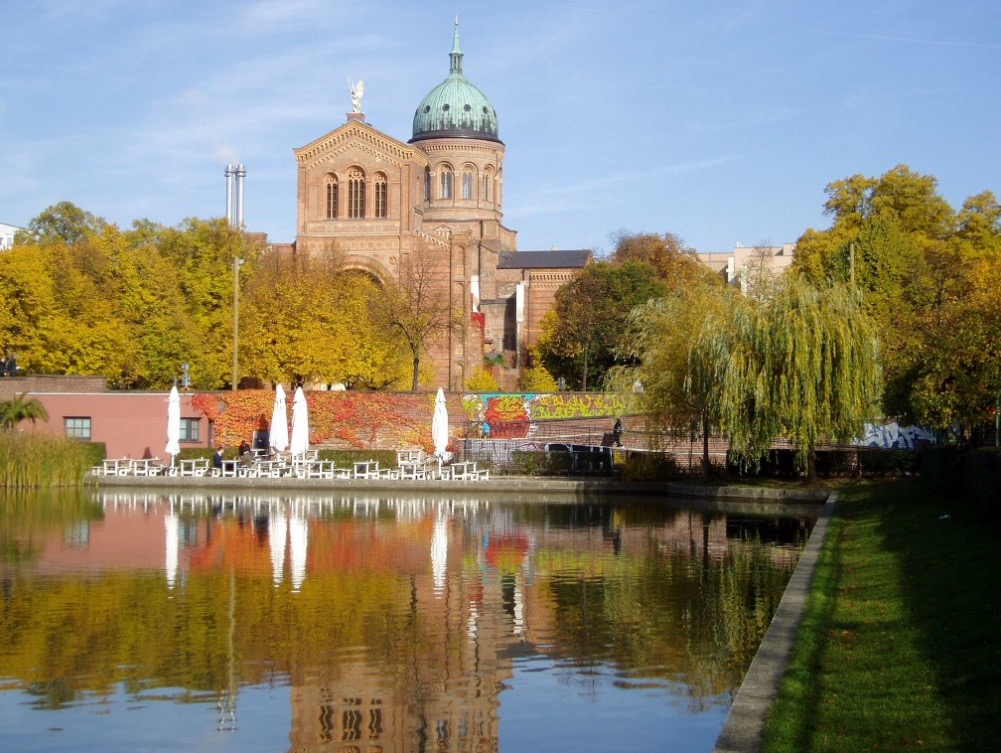
The name of this gallery tells the whole story. Soy Capitan translates to ‘I am the Captain,’ a mantra that applies to the gallery’s position in the art world. After five years as director of gallery Guido W. Baudach, Heike Tosun finally opened her own space in the trendy district of Neukölln, and later established another, brand new location in the heart of Kreuzberg in 2012. This fresh space is already attracting plenty of attention from art lovers and collectors, and its mission is to present Berlin‐based artists like Benja Sachau, Henning Strassburger, Klara Hobzas, and Matthias Dornfeld. Soy Capitan, 29 Prinzessinnenstraße, Berlin, Germany, +49 0 30 80921977

